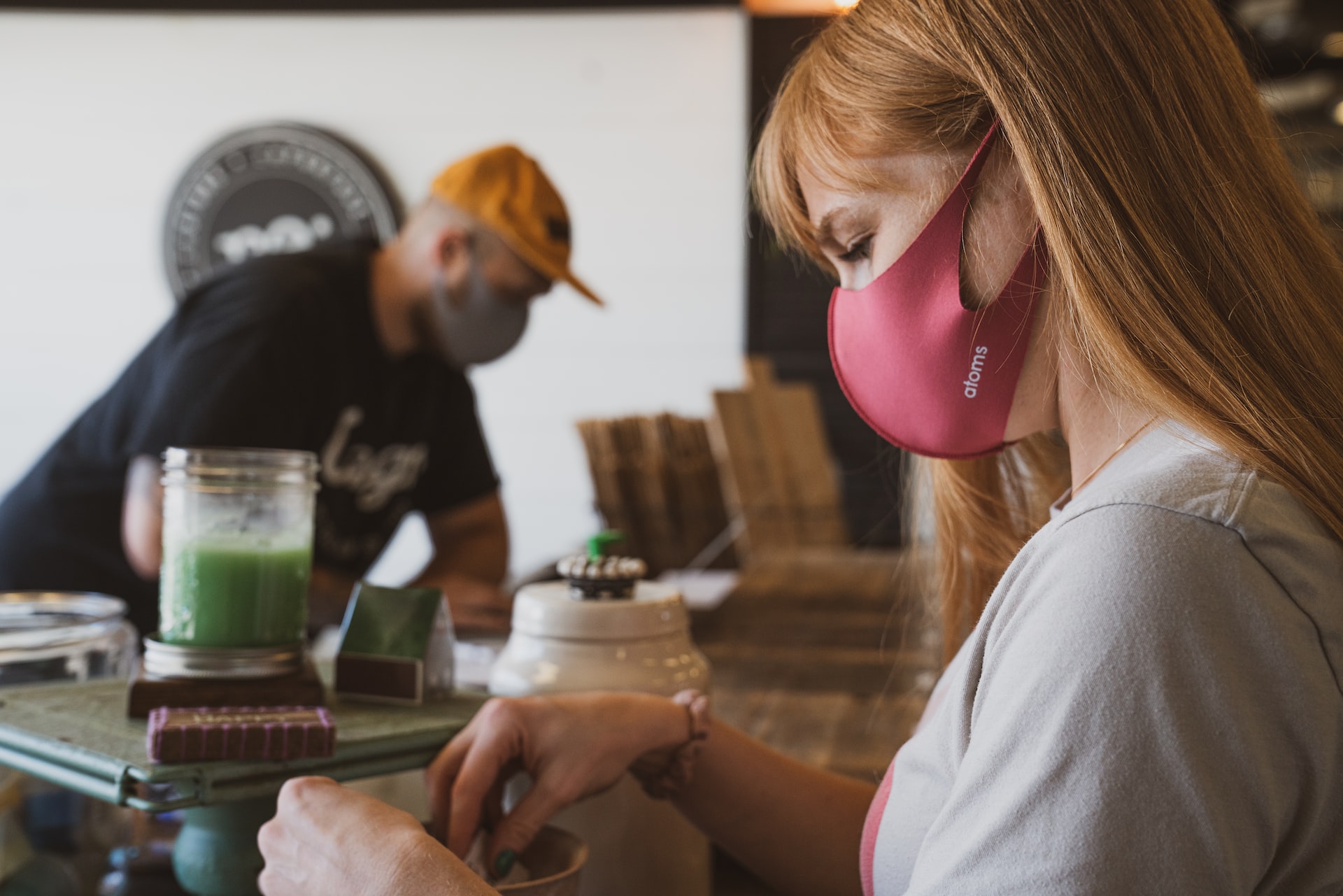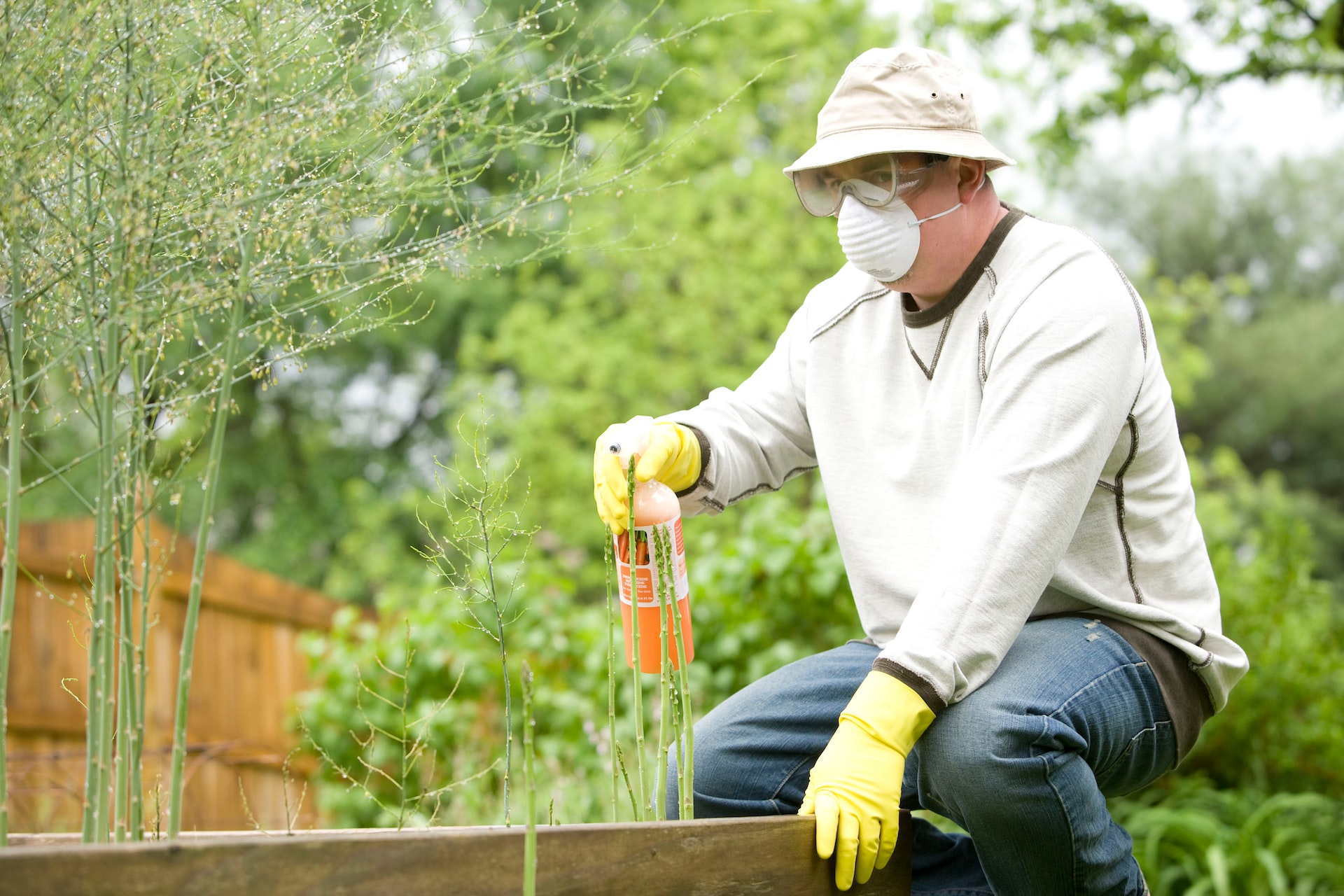No one ever expects an accident to happen, but when it does, you need to be prepared. Whether your business is big or small, it’s important to have a health and safety plan in place. Every business, no matter how small, should have a health and safety plan. A health and safety plan helps to ensure the safety of employees and customers, and can also help to protect the business from legal action in the event of an accident.
This guide will show you how to create a plan that will help keep your employees safe and minimise the risk of accidents. Follow these simple steps and you’ll be on your way to creating a safe workplace for everyone.
Draft A Policy For Workplace Safety & Health
The first step in drafting such a policy is to identify the hazards present in the workplace. Once the hazards have been identified, the next step is to develop procedures and protocols to address them. These should be specific and easy to follow, so that all employees are able to understand and comply with them. Consult with your employees on health and safety matters and involve them in the development of your policies and procedures. Recognise that some jobs carry more risks than others and take steps to assess and control these risks.
Appoint A Safety Officer Or Team To Oversee Safety In The Workplace
In any workplace, safety is of the utmost importance. Accidents can happen at any time, and it is crucial to have someone who is responsible for overseeing safety procedures and making sure that everyone is following them. Appointing a safety officer or team is one way to help ensure that everyone in the workplace is aware of potential hazards and knows what to do in case of an emergency. The safety officer or team can also be responsible for conducting regular safety audits and inspections, as well as investigating any accidents that occur. By having a dedicated safety officer or team, businesses can help to create a safer work environment for everyone.
Educate Employees On Health & Safety Procedures

A safe and healthy workplace is essential for any business. Not only does it protect employees, but it also helps to ensure that work can continue uninterrupted. One way to achieve this is to educate employees on health and safety procedures. This can include everything from proper lifting techniques to the use of personal protective equipment. Employees should also be aware of the potential hazards in their work area and how to best avoid them. Even outsourced HR for tourism industry has also become in demand to ensure that all areas at work, including those who go out and be on the field, are well taken care of. By taking the time to educate employees on these topics, businesses can help create a safe and productive workplace.
Create Emergency Response Plans For Accidents Or Disasters
Whether you’re at home or at work, knowing what to do in an emergency can help to keep everyone safe. When creating an emergency response plan, it’s important to consider what types of accidents or disasters are most likely to occur in your area. For example, if you live in an area that is prone to earthquakes, your emergency response plan should include steps for what to do if an earthquake strikes. Similarly, if you work in a laboratory where there is a risk of chemical spills, your emergency response plan should include steps for how to deal with this type of incident.
The key components of an effective emergency response plan are evacuation routes, safe havens, and communication protocols. Evacuation routes should be clearly marked and easy to follow, and safe havens should be designated areas where people can go to stay safe during an incident. Communication protocols should be established so that everyone knows who to contact in case of an emergency. You may want to use a 24 hr health and safety support for businesses in the UK or a similar service if you are located somewhere else in the world. By including these elements in your emergency response plan, you can help to ensure that everyone knows what to do in case of an accident or disaster.
Inspect Your Workplace Regularly For Potential Hazards
Regularly inspect for potential hazards. By taking a proactive approach, you can identify potential risks before they have a chance to cause harm. For example, loose cords can be tripping hazards, while exposed wires can pose an electrocution risk. If you notice any potential hazards, be sure to report them to your supervisor so they can be addressed promptly. In addition, regularly cleaning and organising your work area can also help to reduce the risk of accidents.
Maintain Up-To-Date Records Of Injuries & Incidents In The Workplace
In any workplace, it’s important to maintain records of injuries and incidents. This helps to ensure that employees are aware of potential dangers and can take steps to avoid them. It also provides a valuable record for insurers and health and safety inspectors. In the event of an accident, having accurate records can be vital in establishing liability and ensuring that appropriate compensation is paid. Employees should therefore report any injuries or incidents promptly, and employers should keep detailed records of all such events. By maintaining up-to-date records, businesses can create a safer workplace and help to protect their employees.


